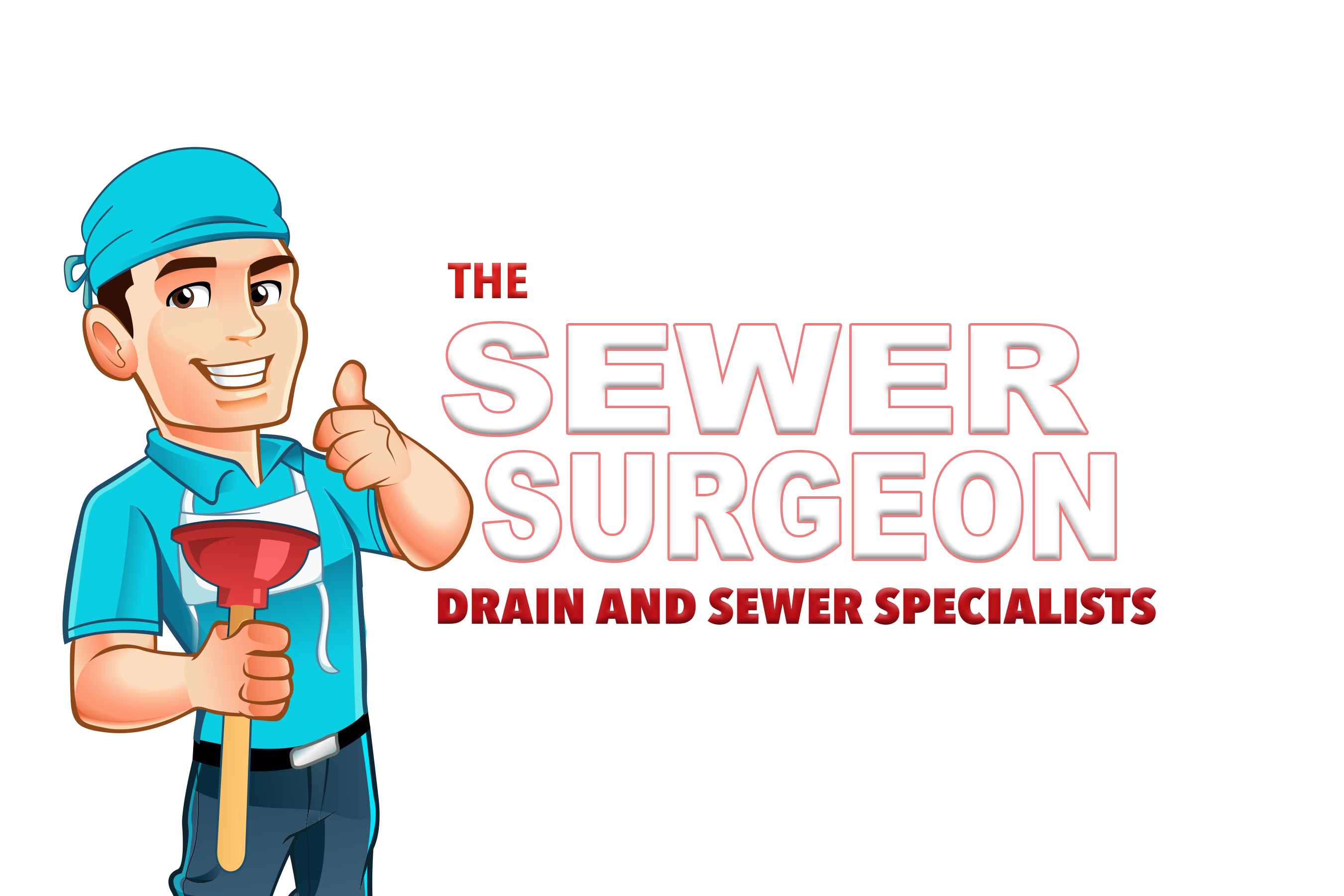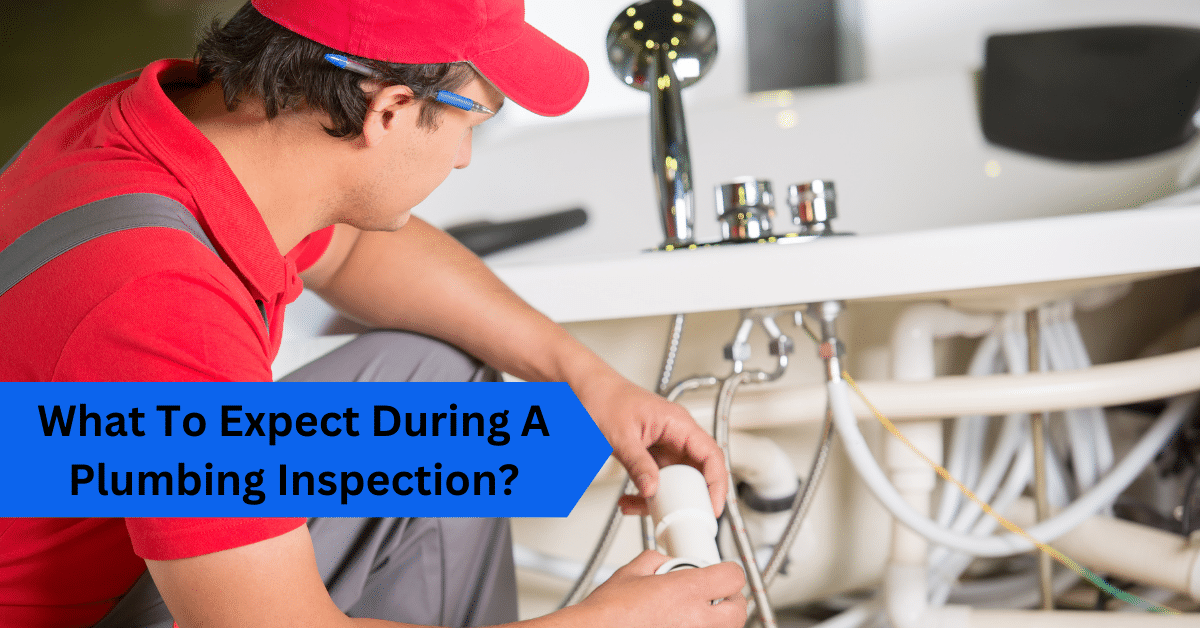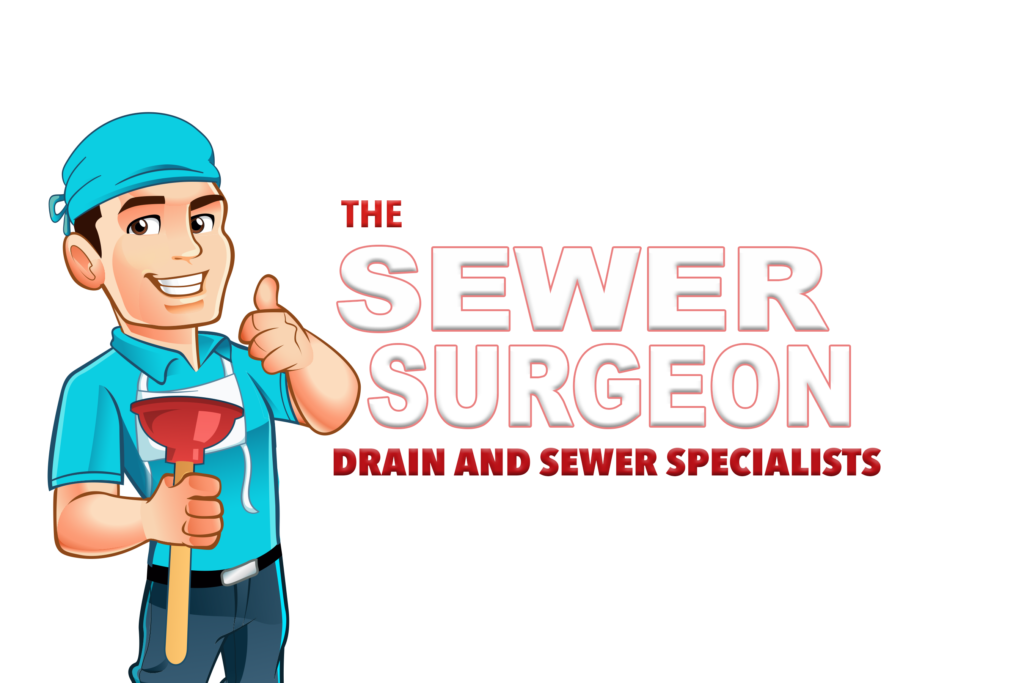Why Get A Plumbing Inspection?
A plumbing inspection is an essential part of any building or home improvement project in Southern California. Plumbing inspections ensure that a property’s plumbing system meets current safety and health standards.
Professional plumbers like us perform plumbing inspections with the experience and knowledge to identify potential issues that may arise with the plumbing system.
During an inspection, the plumbing system will be thoroughly inspected, and any problems or inconsistencies will be identified. When a plumber comes to inspect your property’s plumbing systems, they will begin by examining the exterior of the building, checking for any signs of damage or improper installation. They will also inspect any piping and fixtures, test for water pressure, and inspect drainage systems. The inspector will recommend the necessary repairs and provide a detailed report if a problem is identified.
The report may also provide information on the cost of potential repairs and suggestions for preventive measures to ensure your plumbing system remains in good working condition. Here is what to expect.
Checking Water Pressure And Testing Faucets And Fixtures
A plumbing inspection typically begins with thoroughly examining each faucet and fixture throughout the home. The inspector will check the water pressure to ensure there are no problems with the water supply and that each fixture is appropriately functioning.
This includes testing faucets, toilets, showers, sinks, and bathtubs to ensure they are in good working order and that there are no leaks or signs of wear and tear. The inspector may also check the water heater, shut-off valves, and other plumbing items and look for any potential code violations that must be fixed before the inspection is completed.
Verifying The Installation Of Water Pipes And Fittings
Is a sewer inspection necessary? Yes, a plumbing inspection typically involves visual inspections of all the water pipes and fittings. The inspector will look for evidence of proper placement, installation, and connection to make sure everything is up to code.
They will also check for noise and obstruction, looking for any hoses or valves that need to be replaced or repaired. Inspectors will also look for signs of water leaks, corrosive materials, and clogged pipes. Finally, they will check that all water pressure ratings and flow rates meet the appropriate municipal standards.
Examining Showers, Tubs, And Toilets For Correct Operation
A plumbing inspection typically involves examining a home’s showers, tubs, and toilets for correct operation & installation. This will include checking for any signs of leaks or corrosion, ensuring elements such as the shower head and taps are functioning correctly, checking the condition of water pipes and drains, and testing water pressure.
Additionally, the inspector may check the water heater, septic tank, and septic field and ensure the system is up to code in accordance with local standards and regulations. As part of the inspection, the inspector may inspect the basement or crawl space for any signs of plumbing issues.
Testing For Gas Pressure, Gas Connections, And Gas Appliance Vents
This is important because these components are part of a complex system that can impact the safety of the property and the people living in it. The plumber will conduct a pressure test to assess the pressure within a system necessary for proper operation. They will also inspect the gas pipes and connections to ensure they are tight and not leaking while testing the gas appliance vents to ensure they are connecting correctly.
That exhaust gases can be released properly. The plumber will also check for carbon monoxide gas and ensure adequate ventilation for the gas appliances. This inspection is vital to any homeowner’s regular maintenance and should be scheduled regularly.
Analyzing Water Heater Performance And Condition
During a plumbing inspection, a plumber will analyze the performance and condition of the water heater. This includes checking the temperature and pressure relief valve, evaluating the water temperature and pressure valves, looking at the exhaust vent piping, and checking the shut-off valves and T&P valve relief line. The plumber will also inspect the water heater for significant signs of corrosion and any operational defects or potential safety hazards.
The plumber can also flush the water heater, check the pilot light, and perform visual inspections of the furnace and gas lines. Finally, the plumber will check the water supply lines and drain lines for any potential leaks, damage, or clogs.
A Video Inspection Of Your Sewer Line
Is a sewer line inspection necessary? Yes, the Plumbing Inspector will use a camera to inspect your sewer lines. This camera is inserted into the sewer line, and a video feed is returned to the inspector. The inspector will thoroughly examine your sewer lines to identify any clogs, blockages, pipe problems, or other issues.
The video feed will also send back any cracks, shifted pipes, or root intrusions that may be present in the sewer line. The inspector will utilize any available footage to get a clear picture of the state of your sewer lines and recommend possible repairs.
Sump Pump And Discharge Inspection
A sump pump inspection begins by checking the location of the sump pump. Ideally, the sump pump should be situated in a designated sump pit and installed inside the house and not near the foundation wall. Next, the inspector will check for clogs or debris that could prevent water from being discharged regularly. The pipes connected to the sump pump should be examined to ensure they are in good condition and not clogged.
The sump pump should also be checked to ensure its operating correctly. It’s essential to listen to the pump to hear if it runs well. If there is any air in the pipes, it should be released. Finally, the inspector will check the discharge pipe to ensure it points away from the house and is not blocked. When all these sump pump areas have been inspected and tested, it is ready to be used.
Shut-Off Valve Inspection
The shut-off valve is a critical part of a plumbing system and should be inspected during a plumbing inspection. The inspector will look for signs of wear and tear, including corrosion, rust, leaks, and any other signs of damage. It is important that the inspector checks for proper operation to ensure the safety of the plumbing system.
If the valve does not shut off properly, it could cause serious damage to the property and create a hazardous situation. The inspector will also check that the valve is the correct size and can handle the pressure of the current system. Additionally, the inspector will ensure that it is installed correctly and in the correct place. Finally, the inspector will ensure that the valve is updated with any local codes or regulations.


